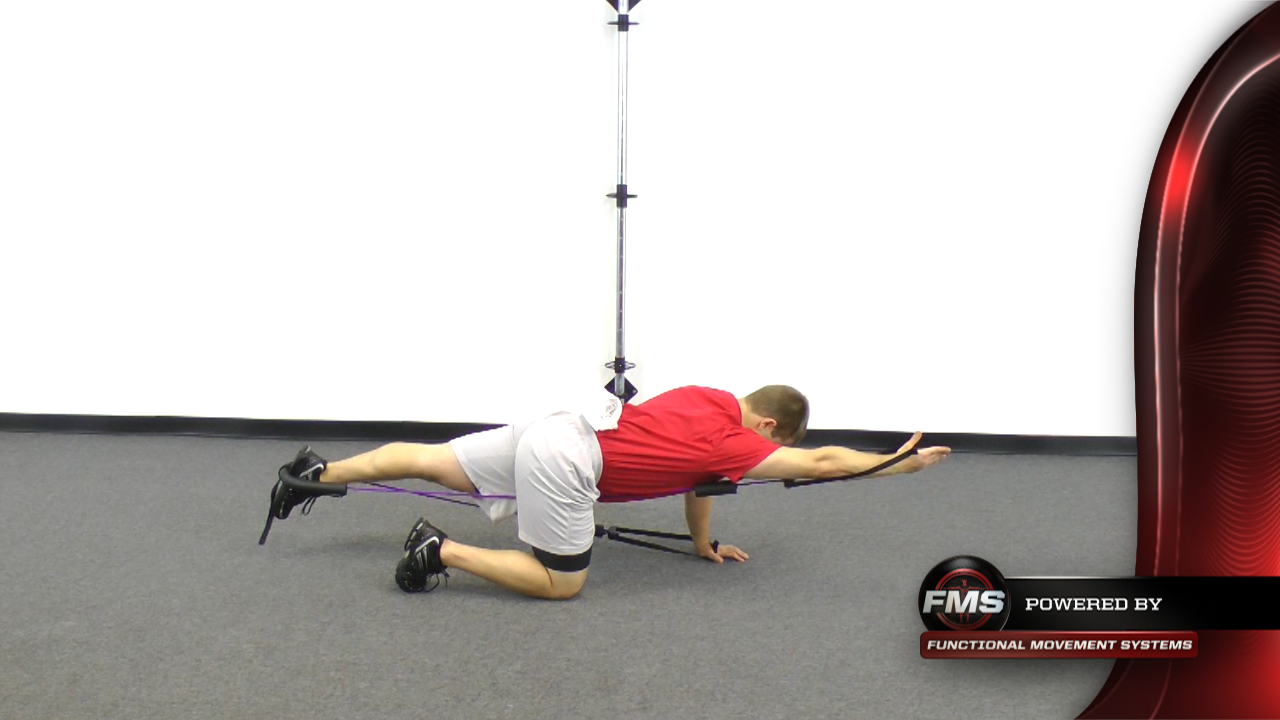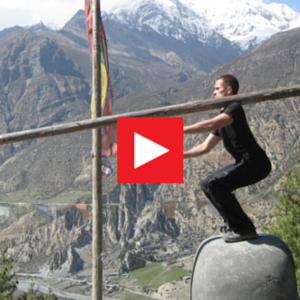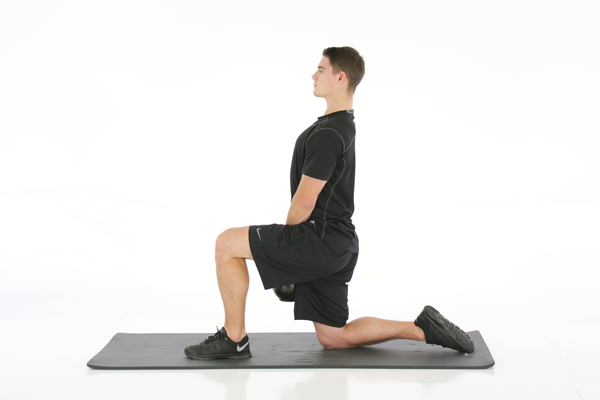How Michigan's Basketball Team Incorporates the FMS
Written by Jon Sanderson FMS
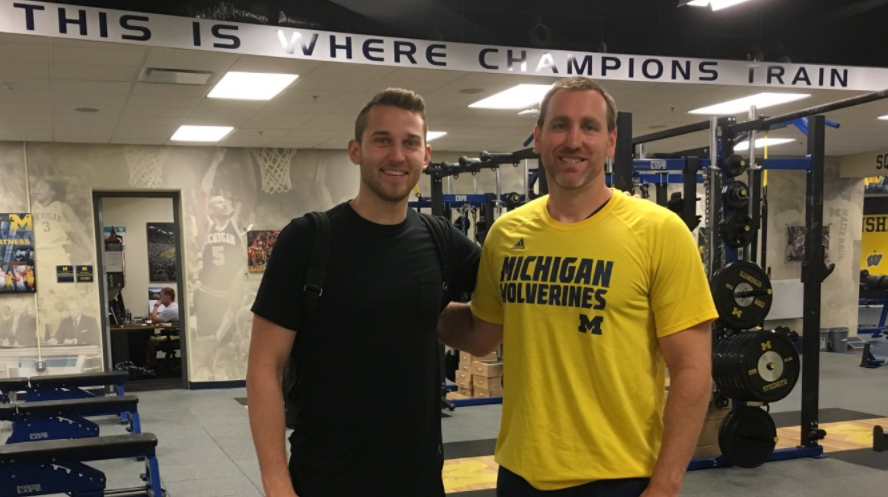
Jon Sanderson is an FMS Certified strength coach for the University of Michigan basketball team. The following is an excerpt from his recently published book, Above the Rim. The book is available for purchase here (use coupon code 'CS' for a 40% discount, available through March Madness). In the book, Jon discusses considerations when training and evaluating basketball players, drawing from his experience playing and coaching at the Division I level. Jon highlights key components of his training program, including the importance of physical assessments and movement evaluation.
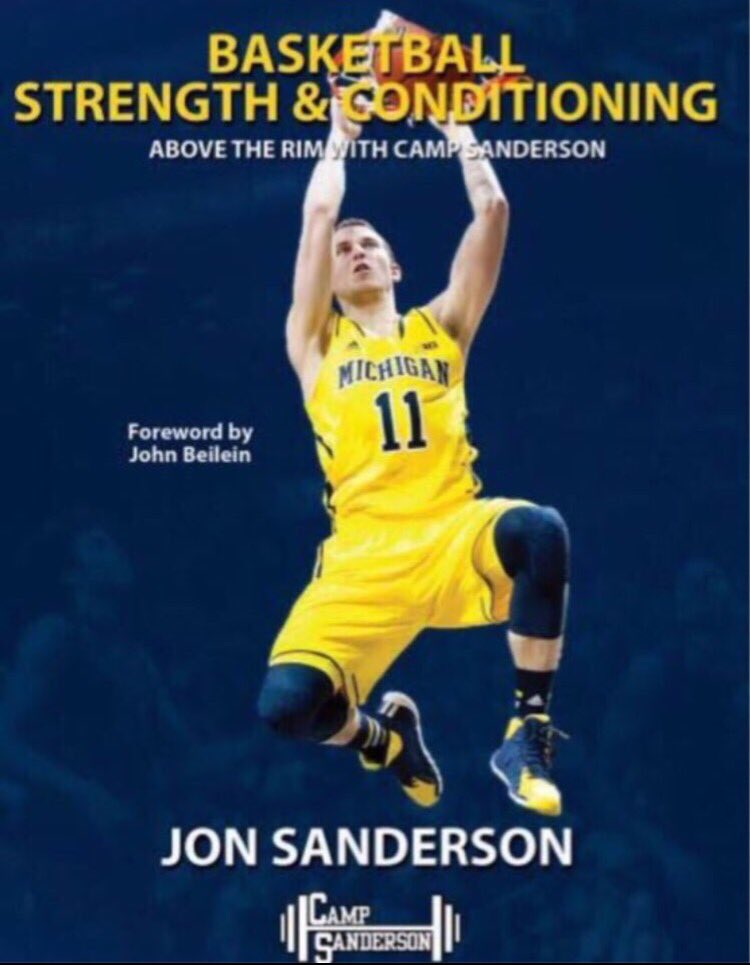 I fell in love with the weight room when I was a teenager at Lexington High School in north central Ohio. It was there that my high school basketball coach, Steve Gray, as well as my strength coach, John Watkins, challenged me to develop in every facet of my game. They emphasized the importance of on-court development as well as physical development in the weight room. The knowledge and wisdom I gained from these two men set me on a path that changed my life forever. For me, as a slender 6’4”, 165 pound high school freshman, I knew I had to change my body. The weight room was my ticket to playing Big Ten basketball. I showed up on the Ohio State University campus at 6’7”, 220 pounds due to hard work and a passion developed for the weight room. This passion continued through college and beyond. I’ve dedicated my life’s work to learning everything there is to know about athletic performance. My book, Above the Rim, is a summary of the training methodologies I’ve learned over the years and the framework for what we do at the University of Michigan.
I fell in love with the weight room when I was a teenager at Lexington High School in north central Ohio. It was there that my high school basketball coach, Steve Gray, as well as my strength coach, John Watkins, challenged me to develop in every facet of my game. They emphasized the importance of on-court development as well as physical development in the weight room. The knowledge and wisdom I gained from these two men set me on a path that changed my life forever. For me, as a slender 6’4”, 165 pound high school freshman, I knew I had to change my body. The weight room was my ticket to playing Big Ten basketball. I showed up on the Ohio State University campus at 6’7”, 220 pounds due to hard work and a passion developed for the weight room. This passion continued through college and beyond. I’ve dedicated my life’s work to learning everything there is to know about athletic performance. My book, Above the Rim, is a summary of the training methodologies I’ve learned over the years and the framework for what we do at the University of Michigan.
Training has evolved exceedingly over the past few decades; many of us grew up training on machines or utilizing bodyweight calisthenics instead of weights. There has been much advancement in training methodologies, a few examples being the use of accelerometers, force plates, heart rate systems, GPS systems, and sleep trackers. Even with all the new advancements, there will always be a need for strength and power development. One of the staples in our program are the Olympic lifts. I believe in these lifts because they’ve stood the test of time. They are just as relevant now as they were 30 years ago because physics hasn’t changed. There will always be a need to apply force in the ground quickly in order to move. The athlete that produces the most force in the shortest amount of time has a huge advantage and will always run faster, jump higher, and accelerate quicker, but a GPS system will not make them improve in any of those qualities. In other words, we embrace the advancements in technology and believe that technology can enhance what we do, but at the end of the day technology will not make anyone a better athlete. You still have to grind it out and train hard every day.
 Another major change in training is the use of assessments or screening protocols such as the Functional Movement Screen. The goal is to always know the strengths and weaknesses of your athletes because with this information training can be very specific and efficient. The days of everyone doing the same generic program are over and coaches are able to consider individual needs.
Another major change in training is the use of assessments or screening protocols such as the Functional Movement Screen. The goal is to always know the strengths and weaknesses of your athletes because with this information training can be very specific and efficient. The days of everyone doing the same generic program are over and coaches are able to consider individual needs.
We believe that doing athletic assessments or screenings should always be the first step taken when training athletes. The assessment process starts with getting their measurements: height, weight, wingspan, standing reach, and body composition. Then a movement screen is performed which assesses how well the athlete moves. We incorporate the Functional Movement Screen because it can help us efficiently identify areas of dysfunction or limitation. In basketball, we emphasize the importance of ankle, hip, and T-spine mobility. The FMS Deep Squat test gives us an idea of the athlete's capabilities in each area. That's extremely valuable information that I can pull from just one test. I also incorporate screens from the Titleist Performance Institute with my basketball players (I work with the Michigan golf team and am TPI Certified). I use the 90/90 Test to evaluate shoulder mobility and Seated Trunk Rotation to evaluate mobility in the thoracic spine. Mobility in the thoracic spine is critical for basketball players, both for performance and durability. Tall athletes are vulnerable to lower back issues, especially when they have tight hips and thoracic spines.
Part of the screening process evaluates landing mechanics, valgus knee tendencies, gait analysis, and foot screening. We use motion capture suits as an advanced method to assess movement strategies. The goal with the movement screens is to identify dysfunction. When we see something that is off, we always dig deeper and, if needed, bring in a specialist. If we get this part right, our athletes will have a greater chance of staying healthy over their careers.
 After the movement screen is complete, we move into performance testing. The NBA combine testing package is utilized as our end goal is to develop our athletes into NBA players. Testing components include a no-step vertical jump, max vertical jump, lane agility test, ¾ court sprint test, and 185 lbs. bench press test. We then move into more of the traditional testing with a power clean, back squat, bench press, and chin-up test. Lastly, we complete our testing with a force plate analysis. This tool gives us feedback on how much force an athlete produces and will indicate if there are any asymmetries to correct.
After the movement screen is complete, we move into performance testing. The NBA combine testing package is utilized as our end goal is to develop our athletes into NBA players. Testing components include a no-step vertical jump, max vertical jump, lane agility test, ¾ court sprint test, and 185 lbs. bench press test. We then move into more of the traditional testing with a power clean, back squat, bench press, and chin-up test. Lastly, we complete our testing with a force plate analysis. This tool gives us feedback on how much force an athlete produces and will indicate if there are any asymmetries to correct.
Once we have the above information on every test through the assessment process, we put it together in a profile. At this point we have a very clear picture of who the athlete is, what their strengths and weaknesses are, and how we can maximize training to make them the best athlete possible. Now, we are able to start making goals with each athlete based on their assessment.
To conclude, training elite athletes is complex and requires an evidence-based detailed process. Our goal is to assess each athlete, correct possible dysfunctions, make a plan for development and execute the plan with great enthusiasm and consistency every day. The process that we go through every day and the culture we develop will lead us to optimal performance.
For more on Jon Sanderson's work with Michigan basketball, check out this article in the Detroit Free Press about how elite strength training is preparing Wolverine players for the NBA.
Related Resources
-
Half Kneeling for the Hip and Ankle
Posted by Gray Cook
-
FMS and the NFL Combine
Posted by Gray Cook

